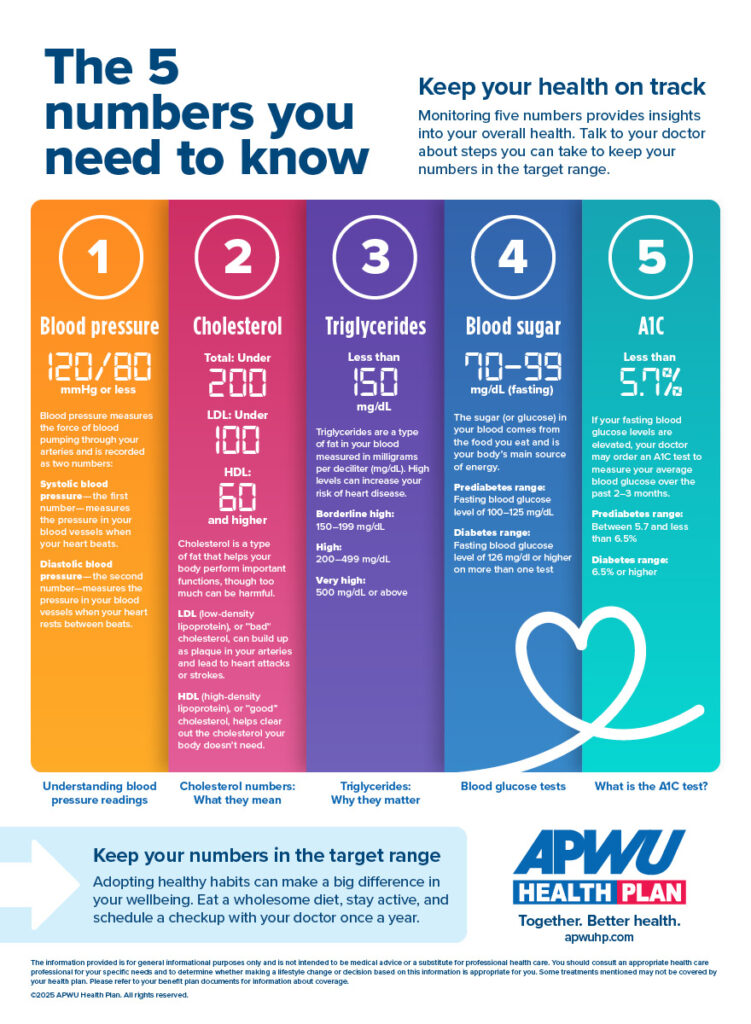Blood is a life-maintaining fluid that flows through your arteries, veins, and capillaries and keeps your body functioning. It’s made up of red blood cells, white blood cells, platelets, and plasma and contains important information about your overall health. That’s why a blood test is often part of a doctor’s appointment. While some tests counts as preventive care, others are considered diagnostic care. Understanding the difference can help you make informed decisions about your health.
The difference between preventive care and diagnostic care
Under the Affordable Care Act, most health plans cover preventive services like annual checkups, blood tests (often referred to as lab work), and screening tests at no cost. You don’t need to pay anything for these services as long as you use a doctor in your health plan’s network.
Preventive care refers to healthcare services you receive to stay healthy and avoid diseases. Examples include annual checkups, blood tests, vaccines, and screenings.
Tests the medical community widely accepts as effective in preventing disease are usually considered preventive care and covered 100 percent. The U.S. Preventive Services Task Force (USPSTF) sets the standard for these tests.
Visit MyHealthfinder for personalized recommendations about the screenings, vaccines, and preventive care you need to stay healthy.
Diagnostic care are services you receive when your doctor tests or treats you for a symptom, illness, injury, or existing condition. Examples include a test for strep throat or an X-ray for a sore ankle.
Preventive vs. diagnostic blood tests
To better understand the difference between preventive care and diagnostic care, consider why your doctor is ordering a specific test. A cholesterol check during your annual wellness exam is preventive care since knowing your numbers can help you maintain healthy cholesterol levels.
However, if you take a statin for high cholesterol, your doctor may order regular cholesterol checks to monitor your levels. These tests are diagnostic because you have an existing condition.
When you receive diagnostic care, you may have a copay or coinsurance until you meet your annual deductible. Take a moment to understand the different costs that may be part of your health plan.
To find out how much you’ll need to pay out of pocket, your health plan’s website, app, or member portal may have an online tool that lets you estimate the cost of diagnostic care ahead of time.
Most common blood tests for routine medical checkups
Blood tests are a key part of a routine physical exam. Your doctor may order a test to measure several different substances in your blood, evaluate your overall health, and screen for medical conditions, particularly if you have a family history of the disease or other risk factors.
Common routine blood tests include:
A complete blood count (CBC) provides an overview of your blood, including red blood cells, white blood cells, platelets, and hemoglobin levels. It also evaluates the size of your red blood cells.
A basic metabolic panel (BMP) or comprehensive metabolic panel (CMP) provides information about liver and kidney function, along with details about your electrolytes, potassium, sodium, and calcium. It also includes a fasting blood glucose test that can identify a risk for diabetes or imbalances in blood sugar.
If you’re at risk for prediabetes or type 2 diabetes, your doctor may order an A1C test. An elevated A1C level indicates high blood glucose, which may mean your body isn’t producing enough insulin to move the glucose into your cells (or your insulin isn’t working effectively).
A standard lipid panel measures your HDL (or good) cholesterol, LDL (or bad) cholesterol, and triglycerides. Optimal levels include:
- Total cholesterol under 200
- HDL of 39 – 60
- LDL of 130 or below
- Triglycerides under 150
High LDL levels can increase your risk of developing heart disease, but making diet and lifestyle changes to protect your heart can help lower your cholesterol.
The USPSTF recommends a prostate-specific antigen (PSA) test for all men by age 50. PSA is a protein made by the prostate gland. An elevated level may be a sign of inflammation of the prostate or prostate cancer.
How to prepare for a blood test
Before your blood test, ask your healthcare provider if you need to follow any specific instructions. Some tests require you to fast or not drink any liquids for several hours beforehand. You may also need to avoid strenuous exercise.
Be sure to discuss the medications you take, including over-the-counter medicines, vitamins, and supplements. Don’t stop taking any prescribed medication unless your provider tells you to.
Fasting for a blood test
Fasting can improve the accuracy of some lab tests, so it’s one of the most common ways to prepare. Lab tests that require fasting check for blood glucose, cholesterol, and triglyceride levels.
When you fast, don’t eat or drink anything except water for several hours before your test. The length of time you need to fast varies, so ask your provider how long you should avoid food.
If you forget to fast, the nutrients in food that are absorbed into your bloodstream may still be present when your blood is drawn and may alter the results of the test.
Even if you’re not required to fast, your doctor may ask you to avoid specific foods or alcohol before your test.
What happens during a blood test
Blood tests are administered by a phlebotomist, a healthcare provider trained to draw blood and make you feel as comfortable as possible.
On the day of your appointment, wear a short-sleeved shirt or long-sleeved shirt with a cuff you can roll up past your elbow. Here’s a brief overview of the steps involved:
- You’ll sit in a chair with an armrest where you can stretch out your arm.
- The phlebotomist may ask you to verify your name and date of birth.
- To clean your arm, the phlebotomist will use a sterile wipe.
- An elastic band is put around the upper arm to apply pressure and make a vein in your arm swell with blood.
- As the phlebotomist inserts a needle into your arm, you may feel some discomfort. If needles make you feel anxious, take deep breaths and focus on something other than your arm.
- Blood flows into a sealed tube labeled with your name and date of birth. Depending on the types of blood tests your doctor has ordered, the phlebotomist may need to fill several tubes.
- The phlebotomist will remove the needle and band from your arm and bandage the area.
- The clinic sends the tubes to a lab for analysis.
After your labs are completed, your doctor will review your report and look for potential health issues. The results will be posted in your patient portal or electronic health records, along with any corresponding notes. If you need a follow-up test, you may receive a phone call from your provider’s office.
Schedule your annual physical exam today
Annual checkups and blood tests are essential to your ongoing health. Even if you feel well, it’s important to schedule an appointment with your primary care doctor once a year. Discover six reasons to get an annual checkup and review our annual physical exam checklist for adults.
Discover the five numbers you need to know in order to keep your health on track:



